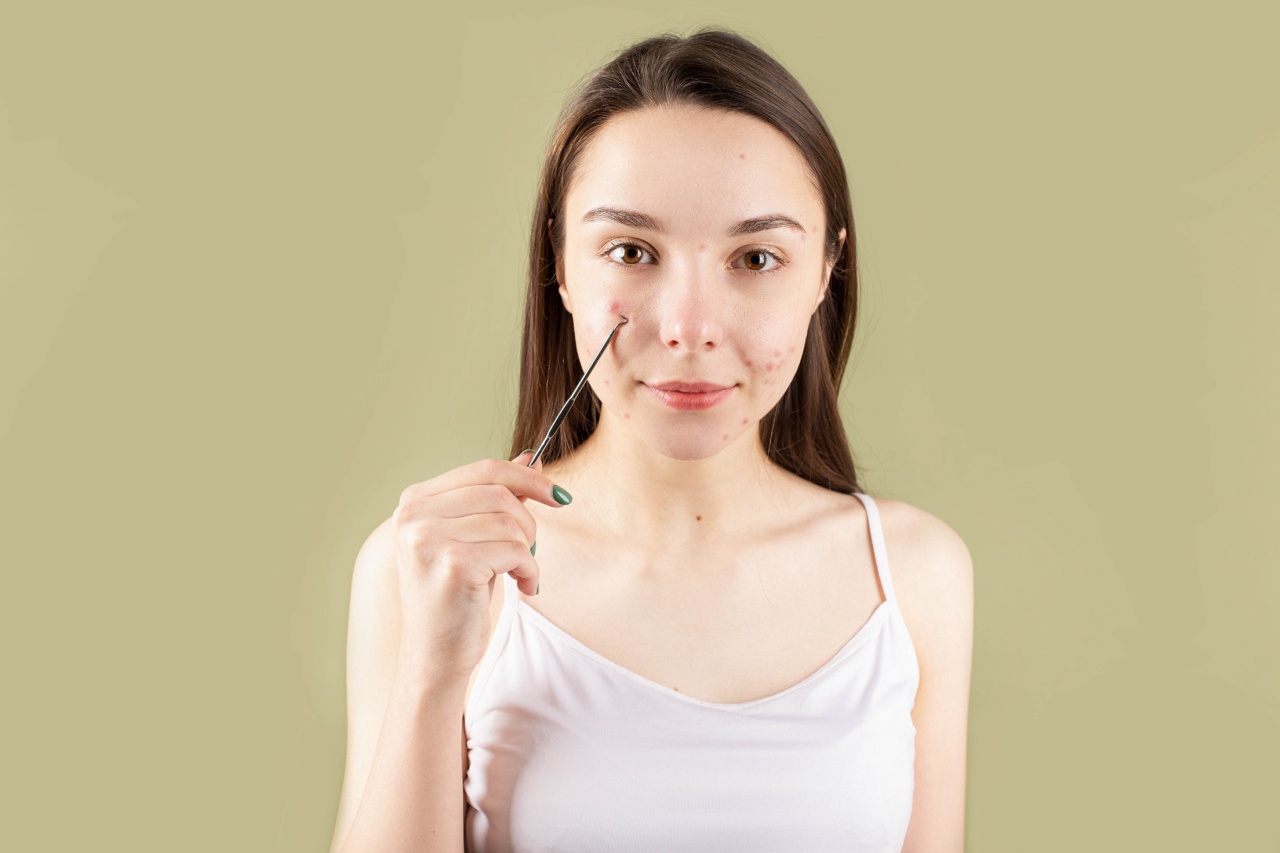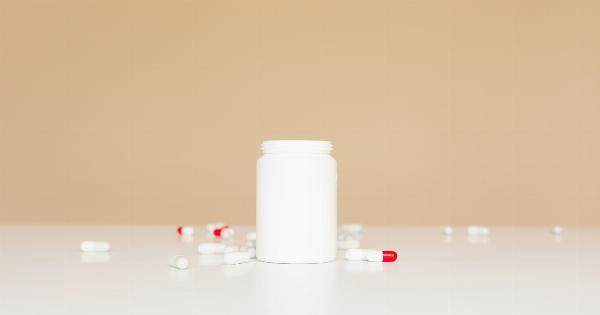Cystic acne is a severe form of acne that causes large, inflamed, and painful bumps on the skin. This type of acne typically develops on the face, chest, back, and upper arms. Cystic acne is most common in teenagers, but it can affect people of all ages.
Causes of Cystic Acne
The exact cause of cystic acne is unknown, but there are several factors that can contribute to its development. These include:.
- Excess oil production
- Clogged pores
- Bacteria
- Hormones
- Inflammation
- Genetics
Excess oil production and clogged pores are two of the most common causes of cystic acne. When too much oil is produced by the skin, it can mix with dead skin cells and block hair follicles. This blockage can then lead to the formation of a cyst.
Bacteria also play a role in the development of cystic acne. When hair follicles are blocked, they create an environment that is conducive to the growth of bacteria. This can then lead to inflammation, which can cause the cyst to be red, swollen, and painful.
Hormones are another factor that can contribute to the development of cystic acne. During puberty, the body undergoes significant hormonal changes.
These changes can cause the oil glands in the skin to become more active, which can lead to an increase in oil production. This increase in oil production can then lead to the development of cystic acne.
Genetics can also play a role in the development of cystic acne. If one or both parents have a history of acne, their child is more likely to develop it as well.
Symptoms of Cystic Acne
The symptoms of cystic acne can vary from person to person. Some common symptoms include:.
- Inflamed, painful bumps on the skin
- Redness and swelling
- Pus-filled cysts
- Scarring
Cystic acne can also be accompanied by other symptoms, such as fever and fatigue, in more severe cases.
Treatment for Cystic Acne
There are several treatment options available for cystic acne. These include:.
- Topical treatments
- Oral medications
- Isotretinoin
- Laser and light therapy
- Surgery
Topical treatments are creams, gels, and ointments that can be applied directly to the skin. They often contain ingredients such as benzoyl peroxide, salicylic acid, and retinoids.
These ingredients work to unclog pores, reduce inflammation, and kill bacteria.
Oral medications are pills that are taken by mouth. They are often prescribed for moderate to severe cases of cystic acne. Some common medications include antibiotics, birth control pills, and spironolactone.
Isotretinoin, also known as Accutane, is a powerful medication that is used to treat severe cystic acne. It works by reducing the amount of oil produced by the skin and preventing the formation of new cysts.
Isotretinoin can have serious side effects and should only be prescribed by a dermatologist.
Laser and light therapy are non-invasive treatments that use light energy to kill bacteria and reduce inflammation. This treatment can help to improve the appearance of acne and reduce the risk of scarring.
Surgery is a last resort for severe cases of cystic acne. It involves draining and removing large cysts that do not respond to other treatments. This procedure is performed by a dermatologist and may require local anesthesia.
Prevention of Cystic Acne
While cystic acne is not always preventable, there are several steps that can be taken to reduce the risk of developing it. These include:.
- Cleanse the skin regularly with a gentle cleanser
- Avoid using harsh products or scrubbing the skin too aggressively
- Avoid touching the face
- Avoid picking at pimples and cysts
- Wear loose-fitting clothing made of natural fibers
- Maintain a healthy diet and exercise regularly
Conclusion
Cystic acne is a severe form of acne that can be painful and embarrassing. While the exact cause of cystic acne is unknown, there are several factors that can contribute to its development.
Treatment options include topical treatments, oral medications, isotretinoin, laser and light therapy, and surgery. By taking steps to prevent the development of cystic acne, individuals can help to reduce their risk of developing this condition.
























